Partition brings pain and trauma. If it is international like the partition of India, then it’s tragic yet unavoidable. But when that happens within the country it’s regrettable. I have no idea about the way the boundary between Assam and Nagaland was determined. When Nagaland was carved out of Assam, I was in primary school and one fine day we got a day off to celebrate the occasion of division of Assam or to say the birth of the new sister state of Nagaland.
Dimapur was the ancient capital of the Dimasa Kachari Kingdom. The ruins of that time are scattered all around. From Dimapur till North Cachar, a huge tract is inhabited by Dimasas. Dimasa Kacharis have own language and now they have a district called Dima Hasao in Assam. Recently a peace accord was also signed between Govt. of India and the Dimasa underground leaders. There is another branch of Kacharis residing side by side. They are the Mech Kacharis. Mech Kacharis have forgotten their language and like many other ethnic groups: Chutia, Motok, and Moran have embraced Assamese language.
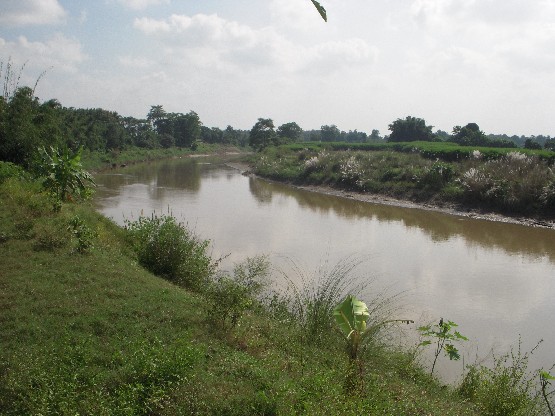
Dhansiri River
There are 5 villages with more than 5000 population in Dimapur. Some names of the villages are Kuchiajan, Darogajan, and Podumpukhuri. Till a few years back Dimasa and Mech Kacharis were treated as non-locals. Now they got the status of Naga tribes and are eligible for all the benefits including employment. I was there in connection with some official work. We met the Gaonburha Mr Subhas Mech. He is an ex-armyman and lost his wife recently. His children are all settled. He lives in a small house, all alone and doing good work for the community.
Betelnut time
He lamented – “Assam forgot about us. Nobody ever enquired about how we are living. Most probably the boundaries were decided in some office in Shillong that time. We follow Ek Sarana Naam Dharma propounded by the great saint Srimanta Sankaradeva and are known as Xoroniyas. We are Vaishnavites. We have now problem in disposing off the dead. Other Nagas loath burning of bodies. There is a small cremation site now on the bank of the river. That has been eroded but for a very small portion and our dead have alomost no place to cremate”. We saw a very well managed Naamghar amidst lush green paddy fields.
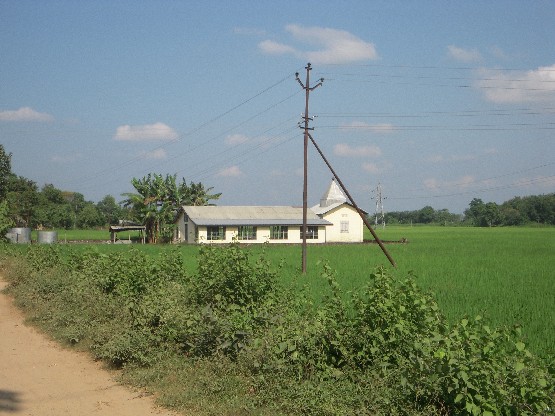
Xoroniya Naamghar
We also met a group of people. There were schoolchildren, house-wives, grannies, teenagers and toddlers. One granny offered us traditional betel nut. She told her story- “I was from Bengenabari in Golaghat and was married off here. This place is prosperous but our future is tense from culture point of view. All these children now study in English medium school. There is no way to learn Assamese. One day there will be no one to recite the religious hymns from Bhagwat and Naam-Ghosha”.
Asom Sahitya Sabha may start a branch here and devise to teach basic Assamese, so that some living traditions are maintained. Some deeds done in history cannot be reversed this late. I am sure some mechanism can be worked out in consultation with the Naga civil society, who are our friendly neighbours.

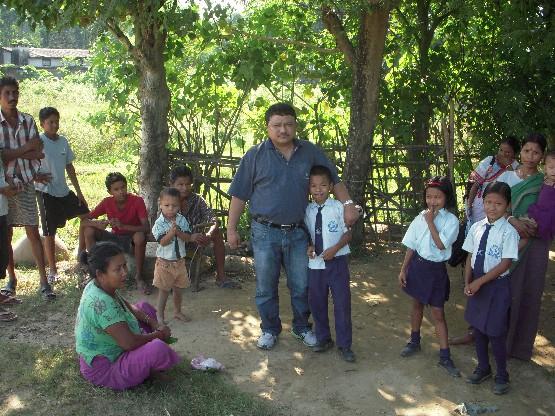

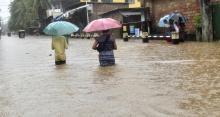
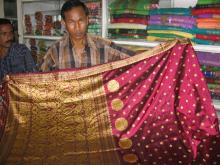

Comments
I totally agree with you Mr
Pages
Add new comment